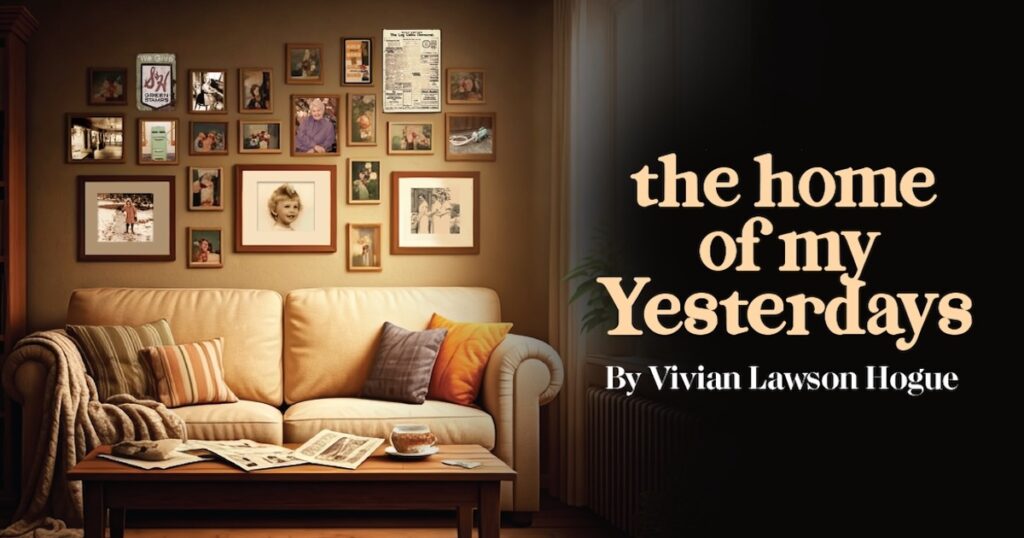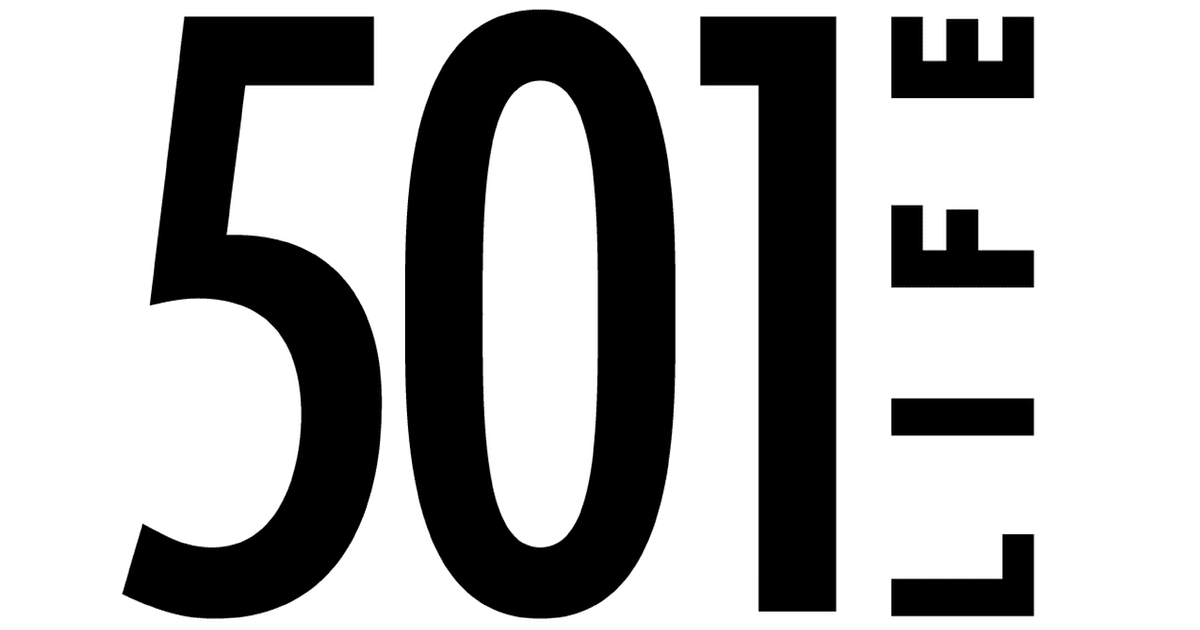01 Mar 2025 The home of my yesterdays
By Vivian Lawson Hogue
As a ten-year-old, I was sitting on our oak piano bench, practicing for my next piano lesson. My piano teacher, Clela Kane, lived across the street in the former 1895, 2-½-story white brick house once owned by Col. George Washington Bruce. I tried to play loudly in case she could sense my diligence. I was playing “The Spinning Wheel,” knowing I was surely her protégée.
The glass front door of our 1910 home in Conway was open, allowing the scent of rain to waft into the house through the screen door. Focusing on the sheet music, I was suddenly jarred to consciousness by thunder and lightning. I turned to look out the screen door, and my eyes met a thin, jagged ribbon of lightning that had come through the door, wiggled over to the piano and began passing in front of my face. I then watched it head for the window curtain, climbing to the top where it fortunately fizzled out. Grabbing an old shape-note hymnal, I began flipping pages until I got to “Standing in the Need of Prayer.”

When comparing old homes to new ones, there is no comparison. If you want a bit of history, then an older home is where you want to be. As our old homes are being torn down to build new ones, there are some neglected, such as the old but beautiful and historic Ruben Robins house on Locust Avenue. How many other homes do you know with an entire exterior of stucco? Other homes are modernized out of their vintage appearance, which prevents inclusion in the National Register of Historic Places.
When my parents purchased our home in 1946, our streets were concrete except side streets, which were most often gravel and dirt topped with oil to lessen dust. Now and then, especially if heavily traveled, those streets were closed down to have oil reapplied. I always enjoyed the scent of gasoline and oil, so I sat on the porch steps and watched. I’m not sure what those scents did to my breathing functions, but in everyone’s ignorance at the time, it was not a concern.
At full-service gas stations, of which we had thirty-one, men would come out and clean car windows, check tire pressures and fill gas tanks. I would hang my head out of our car window to sniff fumes, and my mother’s long arm of HER law would swivel around, grab my pigtails and pull me back in.
After several S&H Green Stamps per purchase, she would get a free dish or piece of silverware. My job was to lick the stamps and put them in a booklet. The same was true of Gold Bond stamps earned at one of our 28 grocery stores. In the 1950s, my mother bought a lot of oatmeal for cooked cereal dressed up with butter and milk. She occasionally bought Shredded Wheat, Cheerios, Grape Nuts, Wheaties and Corn Flakes. No sugar-coating, no dyes.
A gallon of milk was every bit of 50 cents, as were a dozen eggs. Bread topped out at sixteen cents, bacon at sixty cents and ten pounds of sugar at ninety cents. The Korean War ended in 1953, and grocery and other prices zoomed by a penny or two the next couple of years. By that time, a 3-bedroom house was about $8200, a Ford auto was between $1500 and $2400, gasoline was 22 cents a gallon, and postage stamps were 3 cents. The same dollar spent in that year would currently be $11.45 if allowing for inflation. That’s why we called them the “good ol’ days!” Most people still “made do or did without,” something we might find helpful today.
My kitchen is comfortable and I have some wonderful appliances, although not the fanciest. My food steamer and egg steamer are probably the most used. I still use a toaster my mother was gifted in 1954. The dishwasher and mixer are over 30 years old. I won’t mention brand names, but we’ve rarely had a repairman out to attend to the washer and dryer. My German-made vacuum cleaner is nice, but I keep my still-working 1960 Swedish-made Electrolux canister vacuum for when the “nice” one is in the shop.
I’m privileged to remember when my mother had a mint green, 1940s cook stove with four legs that came with the house. We know it replaced a wood-burning cookstove. We had a large Dearborn heater in the living room, where previously a wood-burning stove had stood. Every Sunday morning I lay on Mother’s braided rug in front of the heater and read local news and cartoons from the large, local Log Cabin Democrat.
Let’s agree that poet Oliver Wendell Holmes was right.
“Where we love is home – home that our feet may leave, but not our hearts.”
- And that’s what Christmas is really all about - December 2, 2025
- Giving thanks - November 4, 2025
- Giving up was not an option - September 30, 2025








